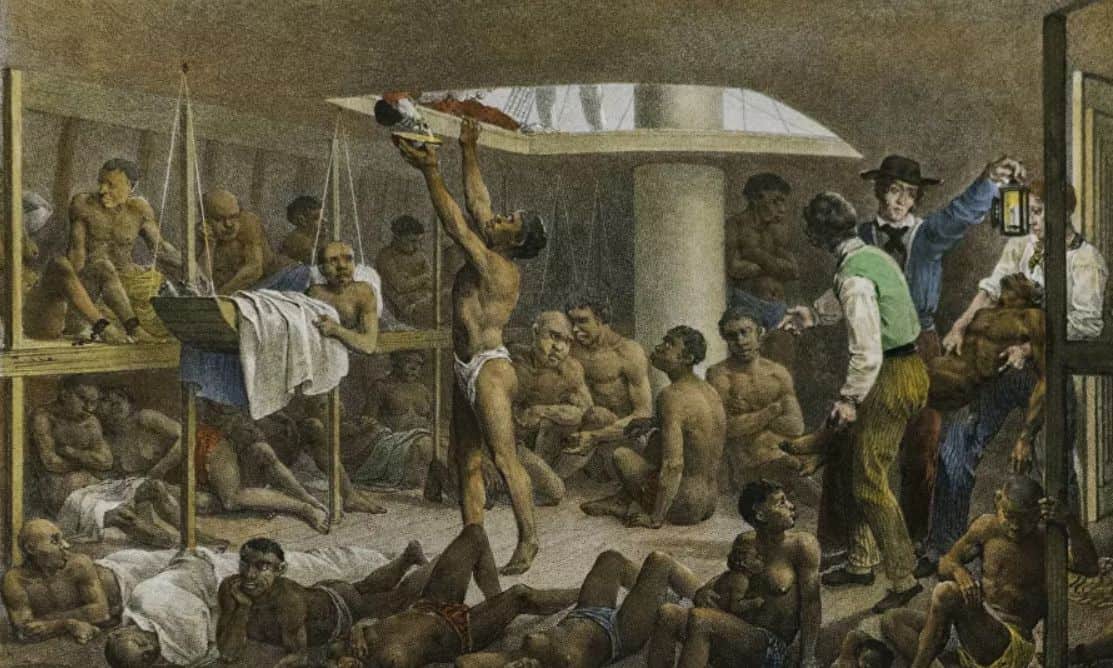Scientists from the 23andMe company have tried to reconstruct the image of the American past, using the DNA of more than 50,000 people from America, Western Europe and the Atlantic coast of Africa. It turned out that this method is no worse than historical documents and reveals where the true motherland of African Americans is.
Historians believe that the transatlantic slave trade, which brought more than 12 million slaves from Africa to several countries of the so-called New World, began in 1518 when Spanish King Charles V issued a decree allowing the Viceroy of New Spain to use African slaves to work in mines and plantations.
Subsequently, virtually all European colonies and independent states that appeared in the New World later began participating in the intercontinental slave trade. This ended only in the mid-19th century, after the importation of slaves to Brazil was banned, and also due to the coordinated efforts of France and the United Kingdom, whose ships systematically sank merchant ships carrying black slaves from the west coasts of Africa.
A new genetic study has shown that many more African-Americans are of Nigerian descent than historical records show today. As 23andMe scientists explain, these are trafficking routes, which did not always directly connect the territories of Nigeria and the US today. Nigeria’s slaves were often taken first to the Caribbean, and from there to mainland America, which is difficult to trace only through port records, as historians had done before.
But in Latin America, slaves were brought mainly from central West Africa, present-day Senegal, the Gambia, and the territories of the Gulf of Benin, which was also confirmed by new genetic data. However, the genome of Senegalese and Gambians is practically not seen in the DNA of modern African-Americans in Latin America: the researchers explained this by the fact that people from these regions were generally used in paddy fields, where they died very quickly from malaria and they just didn’t have time to have children.
Scientists have also discovered that although slave traffickers attempted to export and sell primarily male slaves, women made the greatest contribution to the black genetic code. In the United States and some parts of the former Caribbean colonies in the United Kingdom, the influence of women on their gene pool is one and a half or even two times greater than that of men, in Latin America and Central America, it is 13 to 17 times. The fact is, male slaves often died young from hard work and disease, while African women were forced by their owners to give abundant offspring to “reproduce” the new workforce.
The study results were published by the American Journal of Human Genetics.
